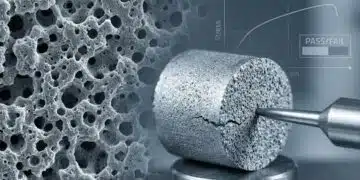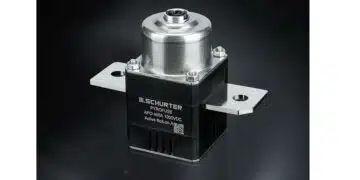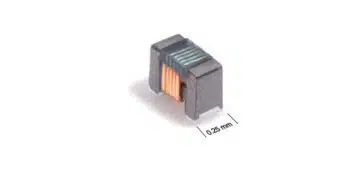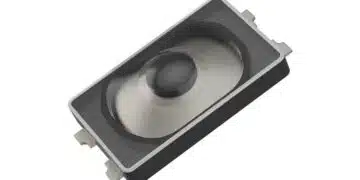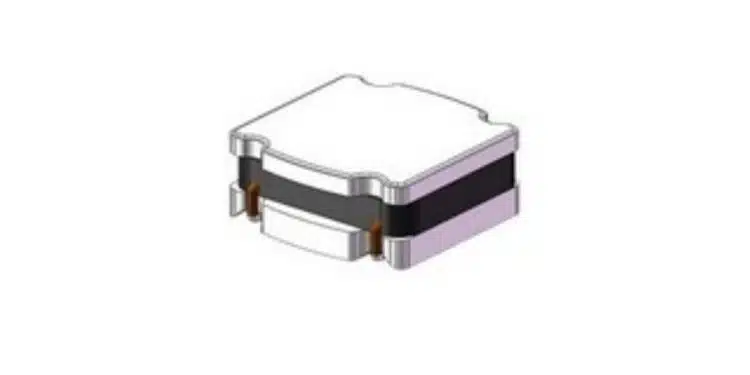Sumida releases new SMD power inductor series CD40D16MB in compact case size.
The new CD40D16MB SMD power inductors with ferrite core feature compact dimensions of 4.2×4.2×1.8mm with magnetic shielding structure.
The winding wire of CD40D16MB is filled with resin containing magnetic material with significant impact to magnetic shielding and mechanical strength.
Features
- Ferrite core construction
- Low profile Resin-shielded
- L×W×H:4.2×4.2×1.8mm Max.
- Product weight: 0.11g(Ref.)
- Moisture Sensitivity Level: 1
- Operating temperature range: -40℃~+125℃ (including coil’s self temperature rise)
- Storage temperature range: -40℃~+125℃
Applications
- DC/DC converter for CPU in notebook PC, Smartphone, LCD displays, HDDs, DVDs, SSDs, DVCs, DSCs, PDAs etc.
Source:
Sumida




